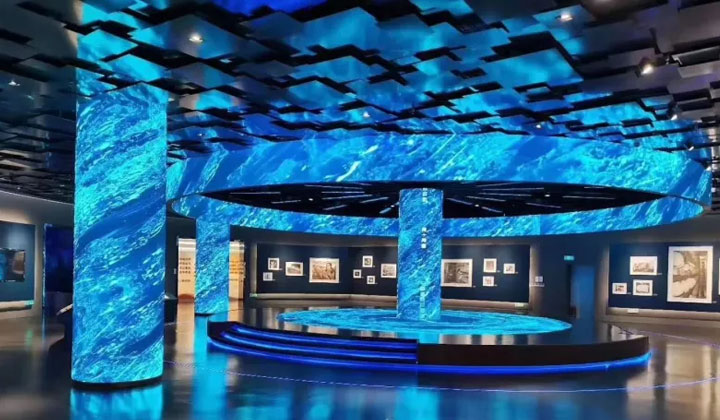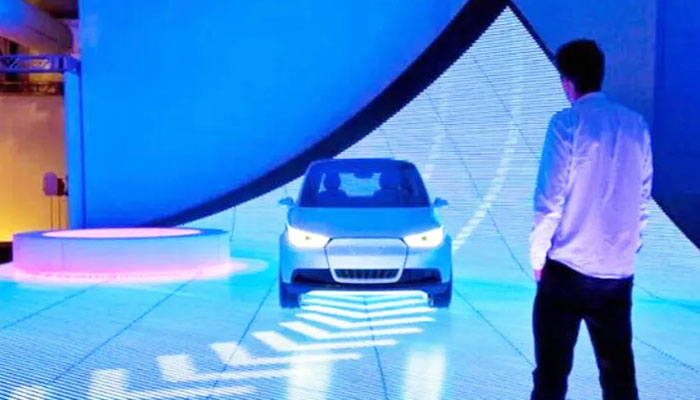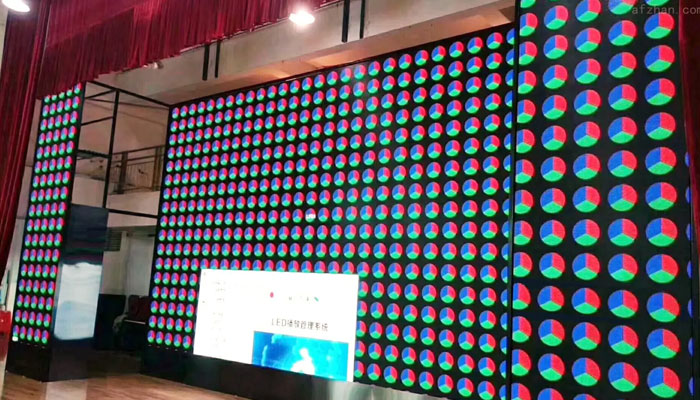With the development of the entertainment industry, LED floor tiles are used more and more in fields such as stages, concerts, exhibitions, bars, discos, shopping centers and so on. Many customers see the display effect of the LED floor tile screen, and also want to install an LED floor tile screen in their own business territory. So there will be customers who want to know how much is the LED floor tile screen is one square meter? , Next, let’s take a look at what parts the price of the LED floor tile screen consists of.
How much is the LED floor tile screen per square meter? The price of LED floor tiles
Most LED floor tile screen manufacturers will not directly give a quotation to mark the price, why is this? Because LED floor tiles are customized products, different customer needs are different. For example, differences in dot pitch, lamp bead packaging, size and area, and supporting requirements will cause the price of LED floor tiles and screens to be different, so it is difficult to list them directly like the prices of commodities on the market.

According to the market conditions in recent years, the current LED floor tile screen prices on the market are generally 5,000~12,000 yuan/square meter. This is based on the dot pitch, so the price of the screen is also different. Generally, the larger the dot pitch, the corresponding price. The lower and the denser the dot spacing, the higher the corresponding price.
Because the denser the dot pitch, the more precise the required process, and the higher the manufacturing cost. For example, for the same one-square-meter LED floor tile screen, the price of P3.91 is higher than that of P4.81.
Of course, there are many factors that determine the LED floor tile screen. In addition to the most important point spacing, there are also installation structures, control systems, accessories, prices, etc., which are all related, and if it is upgraded to an LED interactive floor tile screen, then according to the LED interactive floor tile screen The type is different, the price will be more expensive.
Price composition of LED floor tile screen

-
- Screen price. It accounts for more than 60% of the total investment of the project. The LED floor tile screen is composed of lamp beads, box body (frame with LED module), mask, power supply, control card, etc.
- Supporting equipment. Computer, power distribution cabinet, audio amplifier (optional), video processor (optional), if it is an interactive LED floor tile screen, it also needs to be equipped with infrared radar, etc.
- System engineering. Including CAD drawings, screen structure, wiring, installation and debugging, etc., if it is an interactive LED floor tile screen, a certain additional material cost is required.
- Freight. Including the air box for packaging and transportation.
other instructions:
Payment method: Generally, a 30-50% advance payment is required before production, and the remaining balance is settled before shipment;
Acceptance criteria: The product technical indicators meet the provided technical indicators and are higher than the relevant industry standards. If the customer has an agent or partner, he can come to the LED manufacturer’s site for actual surveys.
After-sales maintenance: The free warranty period of each LED manufacturer may be different. The free warranty period of HOLA-LED is 2 years, and only the basic material fee is charged for subsequent maintenance.




